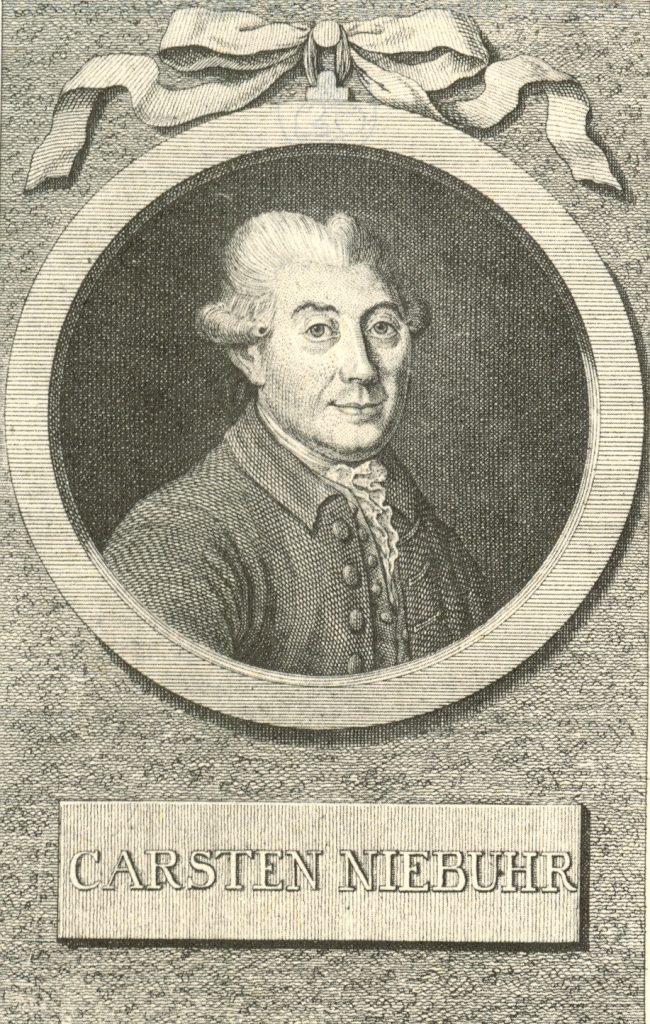
The French held Göttingen several times and French officers were quartered in Mayer’s apartment. Ben Jochey, From the Affair by Cossdorff, February 20, 1760.
1757.
Mayer’s research is suffering from the Seven Years War: French troops keep Göttingen occupied for years, using his house and parts of the observatory as a warehouse. The entire life at the university is considerably limited. Mayer is waiting for the examination of his contribution to the longitude price and continuously corrects its moon and sun tables.
1758.
Mayer develops the so-called Repetition circle, a new navigation instrument for angle measurement: This allows you to determine your own position at sea. The longitude can be precisely determined to 0.50 degrees exactly as requested by the British Longitude Commission.
1759.
Mayer creates a fixed star catalog with 998 stars, which will remain valid for decades. He teaches his student Carsten Niebuhr private lessons, where he explains the functioning of the repetition circle as well as the whole method for finding longitude. Niebuhr wants to test these on his upcoming trip to Arabia.

Carsten Niebuhr, (1733-1815).
German mathematician, cartographer and explorer who was Mayer’s favorite student at the University of Göttingen. Portrait of Bartold Georg Niebuhr, Zurich, 1992.
1760.
Mayer resumes work on the Nuremberg Moon Globe, However, he cannot finish it completely. As well as his autobiography, probably begun at this time, which includes only chapters on childhood and youth.
